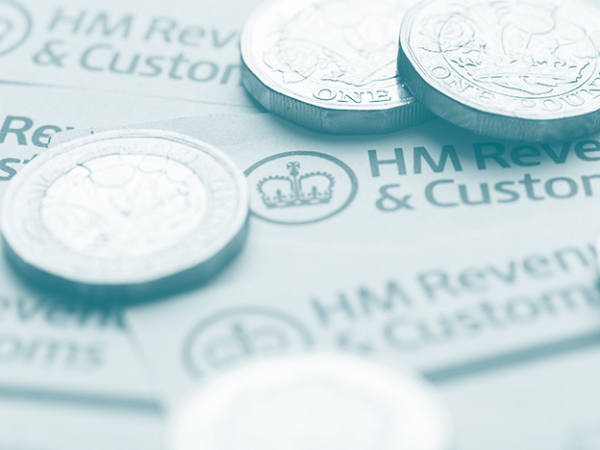Individual savings accounts (Isa) are a great way for savers and investors to build up the sums they need to meet financial goals such as a decent sized retirement pot or a deposit for a home. But if you don't know how Isas work and how to use them to manage your wealth, you won't be able to take full advantage of their benefits. So below are 10 need-to-knows to get the most out of your Isa.
Tax breaks. No further tax is payable on income or interest from investments held within Isas, and when you sell investments in an Isa they don’t incur capital gains tax (CGT). Although you don't get tax relief on investments you put into Isas, you don't pay tax when you take money out of them, so they are great vehicles from which to draw retirement income.
But Isas do not fall outside your estate for inheritance tax (IHT) purposes like pensions. So if you wish to pass on assets after your death and expect to breach your annual IHT allowance, which starts at £325,000, it may make sense to draw on your Isas before your pensions.
But if you leave your Isa to your spouse this will not incur IHT.
Types of Isa. There are different types of Isa: cash Isa, stocks and shares Isa, innovative finance Isa, lifetime Isa, help to buy Isa and junior Isa. Different ones suit different investment purposes and types of investors, so it is important the you pick the right ones for your purposes. For more on this see our articles in the Money section at www.investorschronicle.co.uk/managing-your-money, www.gov.uk/individual-savings-accounts or www.moneyadviceservice.org.uk/en/articles/isas-and-other-tax-efficient-ways-to-save-or-invest#individual-savings-accounts-isas.
Holdings. Cash Isas and help to buy Isas can only be invested in cash. Stocks and shares Isas can hold a variety of products including open-ended funds, investment trusts, exchange traded funds (ETFs), direct shareholdings in UK-listed companies, corporate bonds and government bonds. But exactly what choice of investments you have depends on what your provider offers, so check this before you open an account.
Lifetime Isas can be invested in cash, stocks and shares, or a combination of the two.
Innovative finance Isas can be invested in peer-to-peer loans and crowdfunding debentures – a company’s debt.
Investment horizon. If you invest in anything other than cash you should have a long-term investment horizon of at least five years. We have set out a number of fund, investment trust, exchange traded fund (ETF) and share suggestions in the pages ahead. You can hold these in stocks and shares Isas, lifetime Isas and junior Isas. If you buy these or similar investments be prepared for their value at times to go down. But hopefully if you hold them for five or preferably more years, they should appreciate a lot more than if you had allocated to cash.
Contribution limits. The annual contribution limit across all adult Isas is £20,000 for the 2018-9 tax year. This can all be put into one cash, one stocks and shares, or one innovative finance Isa. Or you can save it into a combination of different Isas.
To open a cash Isa or help to buy Isa you must be at least 16, and to open all other types of adult Isas you must be at least 18.
Lifetime Isa limits. Not more than £5,000 per tax year can go into a lifetime Isa – your £4,000 maximum contribution plus a government bonus of up to £1,000, which doesn't count towards your annual allowance. But in the same tax year you can invest a further £16,000 into other types of Isa.
You can only open a lifetime Isa between the ages of 18 and 40, although you can keep making contributions to it until you are age 50. But you cannot take out the funds invested in a lifetime Isa without a penalty of 25 per cent of the amount withdrawn until you are age 60, unless it is to buy a first home worth up to £450,000 or you have less than 12 months to live.
Help to buy limits. You cannot contribute more than £3,400 to a help to buy Isa in the year that you open it, and not more than £2,400 thereafter. And you cannot contribute to a cash Isa and a help to buy Isa in the same tax year.
Help to buy Isas will also no longer be available after 30 November this year.
Junior Isas. The maximum contribution for junior Isas in the 2018-19 tax year is £4,260. Parents or guardians can open a junior Isa for a child if they are under age 18 and live in the UK. The child can take control of the account from age 16 but cannot access the money in it until age 18.
Junior Isas can invest in cash or stocks and shares. You can have both types, although if there are several years until the child is 18, you are likely to get a better return by investing it in stocks and shares.
Use it or lose it If you don’t use your Isa allowance each year it is lost – you cannot carry forward unused allowances from previous years. If you are not sure what to invest in you could temporarily hold your annual Isa allowance in cash in the short term and invest thereafter. But cash is not good for the long term because inflation erodes its value.
If you don’t have £20,000 in new money to invest, you could transfer investments outside a tax-efficient wrapper into an Isa.
Share with your partner. If you have used up your annual allowance but still have unwrapped investments, and are married or in a civil partnership, you could make use of a strategy called bed and spouse to get them into a tax-efficient environment. You give the assets to your spouse or civil partner, which doesn’t incur capital gains tax (CGT). They sell some or all of them, offsetting any CGT they incur against their annual CGT allowance which is £11,700 for the 2018-19 tax year. They then repurchase them within their own Isa.
IC Isa guide 2019











